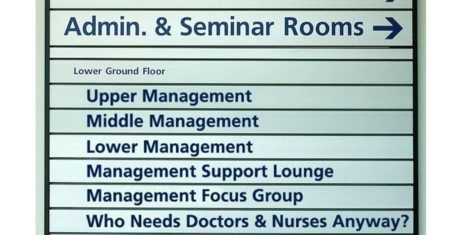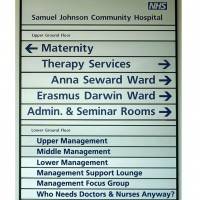April 13, 2016
IFMA and RICS join forces to establish a “global FM community” 0
 While the debate over the fate of FM bodies; from the role of the BIFM to the demise of its trade associations the Facilities Management Association, (FMA) and its successor the Building Futures Group (BFG), rolls on; the International Facility Management Association (IFMA) and the Royal Institution of Chartered Surveyors (RICS) have gone ahead and organized their own “landmark” collaboration agreement. This aims to leverage both organizations’ existing resources in education, research, conferences and events, and external relations. IFMA and RICS also vow to work together to align credentials and qualifications to shape a single FM career path with “demonstrable professional status which is recognized and respected globally”. Another shot across the bow of the BIFM is that RICS professionals who have qualified in FM will automatically receive IFMA member benefits. In turn, IFMA members and credential holders will be able to attain RICS professional qualification and benefit from RICS’ international standards and global professional network.
While the debate over the fate of FM bodies; from the role of the BIFM to the demise of its trade associations the Facilities Management Association, (FMA) and its successor the Building Futures Group (BFG), rolls on; the International Facility Management Association (IFMA) and the Royal Institution of Chartered Surveyors (RICS) have gone ahead and organized their own “landmark” collaboration agreement. This aims to leverage both organizations’ existing resources in education, research, conferences and events, and external relations. IFMA and RICS also vow to work together to align credentials and qualifications to shape a single FM career path with “demonstrable professional status which is recognized and respected globally”. Another shot across the bow of the BIFM is that RICS professionals who have qualified in FM will automatically receive IFMA member benefits. In turn, IFMA members and credential holders will be able to attain RICS professional qualification and benefit from RICS’ international standards and global professional network.

































March 22, 2016
While politicians squabble, here’s what the Budget meant for the workplace 0
by Mark Eltringham • Comment, Facilities management, Legal news, Workplace, Workplace design
(more…)